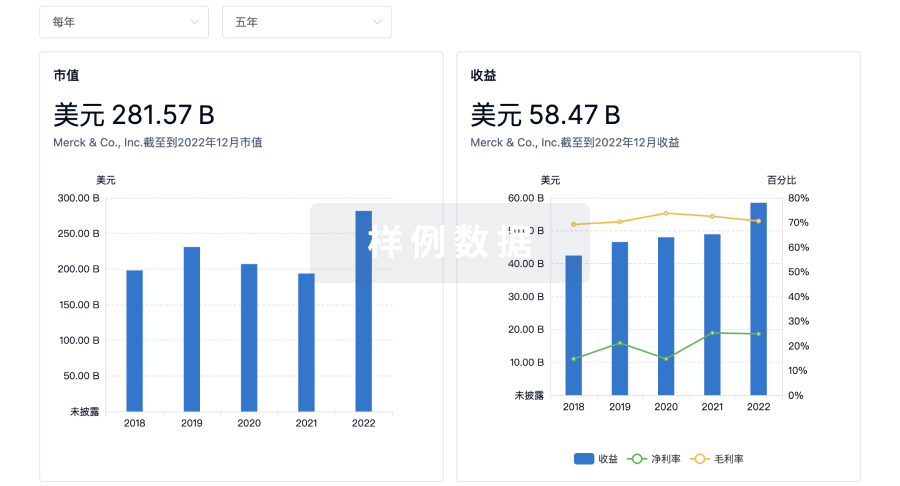更新于:2024-12-20

Tusker Medical, Inc.
更新于:2024-12-20
概览
关联
3
项与 Tusker Medical, Inc. 相关的临床试验A Prospective, Single-arm, Multicenter Study to Evaluate Effectiveness and Safety of Tympanostomy Tube Placement Using the Tula Iontophoresis and Tube Delivery Systems for Children in an Office Setting.
A prospective, single-arm, multicenter study to evaluate effectiveness and safety of Tymbion iontophoresis and tympanostomy tube placement using the Tula Iontophoresis and Tube Delivery Systems for children in an office setting.
开始日期2017-10-31 |
申办/合作机构 |
A Prospective, Multicenter Study to Evaluate Effectiveness and Safety of Lidocaine Iontophoresis and Tympanostomy Tube Placement Using the Tula Iontophoresis and Tube Delivery Systems for Adults in an Office Setting
A prospective, multicenter study to evaluate effectiveness and safety of Tymbion iontophoresis and tympanostomy tube placement using the Tula iontophoresis and tube delivery systems for adults in an office setting.
This study cohort is called Group B and includes tube placement. Protocol CPR007003 also included a first study group ('A', without tube placement) that was completed and described in a separate registration (NCT03119181).
This study cohort is called Group B and includes tube placement. Protocol CPR007003 also included a first study group ('A', without tube placement) that was completed and described in a separate registration (NCT03119181).
开始日期2017-06-27 |
申办/合作机构 |
A Prospective, Multicenter Study to Evaluate Effectiveness and Safety of Tymbion Iontophoresis and Tympanostomy Tube Placement Using the Tula Iontophoresis and Tube Delivery Systems for Adults in an Office Setting
A prospective, multicenter study to determine if active Tymbion iontophoresis is superior to sham Tymbion iontophoresis in providing anesthesia to the tympanic membrane (TM). The study will use the Tula iontophoresis systems for healthy adult volunteers in an office setting, called Group A of Protocol CPR007003.
The protocol CPR007003 also includes a Group B study described in a separate Registration (NCT03197558).
The protocol CPR007003 also includes a Group B study described in a separate Registration (NCT03197558).
开始日期2017-04-27 |
申办/合作机构 |
100 项与 Tusker Medical, Inc. 相关的临床结果
登录后查看更多信息
0 项与 Tusker Medical, Inc. 相关的专利(医药)
登录后查看更多信息
1
项与 Tusker Medical, Inc. 相关的文献(医药)2021-08-01·Otology & neurotology : official publication of the American Otological Society, American Neurotology Society [and] European Academy of Otology and Neurotology2区 · 医学
Pharmacokinetics of Single Dose Lidocaine and Epinephrine Following Iontophoresis of the Tympanic Membrane in a Double-Blinded Randomized Trial
2区 · 医学
Article
作者: Syms, Charles A. ; York, Christopher ; England, Laura J.
Objective::
To evaluate local and systemic safety of bilateral iontophoretic administration of lidocaine with epinephrine or lidocaine alone to the tympanic membrane (TM).
Study Design::
A randomized, double-blind, two-arm study was conducted at a single center. Healthy adults were randomized to bilateral iontophoretic treatment with 2% lidocaine, 1:100,000 epinephrine, or 2% lidocaine (control). Otoscopy, cranial nerve examination, tympanometry, and audiometry safety evaluations were conducted before and 3-days post-procedure. Systemic safety was evaluated via analysis of vital signs taken before and up to 120 minutes post-iontophoresis, and blood samples collected before and up to 230 minutes post-iontophoresis.
Results::
Twenty-five subjects were treated with bilateral iontophoresis of either lidocaine and epinephrine (n = 15 subjects) or lidocaine alone (n = 10). Mean plasma epinephrine concentrations for both groups remained within the normal range for endogenous epinephrine. Mean plasma concentrations of lidocaine were not statistically different between groups, ranging from 0.245 to 2.28 ng/ml after administration of lidocaine with epinephrine (immediate post-iontophoresis to 230 min post-iontophoresis), compared with 1.35 to 2.14 ng/ml after administration of lidocaine alone. The presence of epinephrine slowed the systemic absorption of lidocaine. Lidocaine levels (Cmax 2.24 ng/ml) were approximately 2000-fold lower than the threshold for minor lidocaine toxicity. No device-, procedure- or drug-related adverse events were reported.
Conclusion::
The local and systemic safety of bilateral iontophoretic delivery of 2% lidocaine, 1:100,000 epinephrine to the TM was demonstrated by low plasma levels of drug and absence of both serious and non-serious device-, procedure-, or drug-related adverse events.
100 项与 Tusker Medical, Inc. 相关的药物交易
登录后查看更多信息
100 项与 Tusker Medical, Inc. 相关的转化医学
登录后查看更多信息
组织架构
使用我们的机构树数据加速您的研究。
登录
或

管线布局
2024年12月22日管线快照
无数据报导
登录后保持更新
药物交易
使用我们的药物交易数据加速您的研究。
登录
或

转化医学
使用我们的转化医学数据加速您的研究。
登录
或

营收
使用 Synapse 探索超过 36 万个组织的财务状况。
登录
或

科研基金(NIH)
访问超过 200 万项资助和基金信息,以提升您的研究之旅。
登录
或

投资
深入了解从初创企业到成熟企业的最新公司投资动态。
登录
或

融资
发掘融资趋势以验证和推进您的投资机会。
登录
或

标准版
¥16800
元/账号/年
新药情报库 | 省钱又好用!
立即使用
来和芽仔聊天吧
立即开始免费试用!
智慧芽新药情报库是智慧芽专为生命科学人士构建的基于AI的创新药情报平台,助您全方位提升您的研发与决策效率。
立即开始数据试用!
智慧芽新药库数据也通过智慧芽数据服务平台,以API或者数据包形式对外开放,助您更加充分利用智慧芽新药情报信息。
生物序列数据库
生物药研发创新
免费使用
化学结构数据库
小分子化药研发创新
免费使用